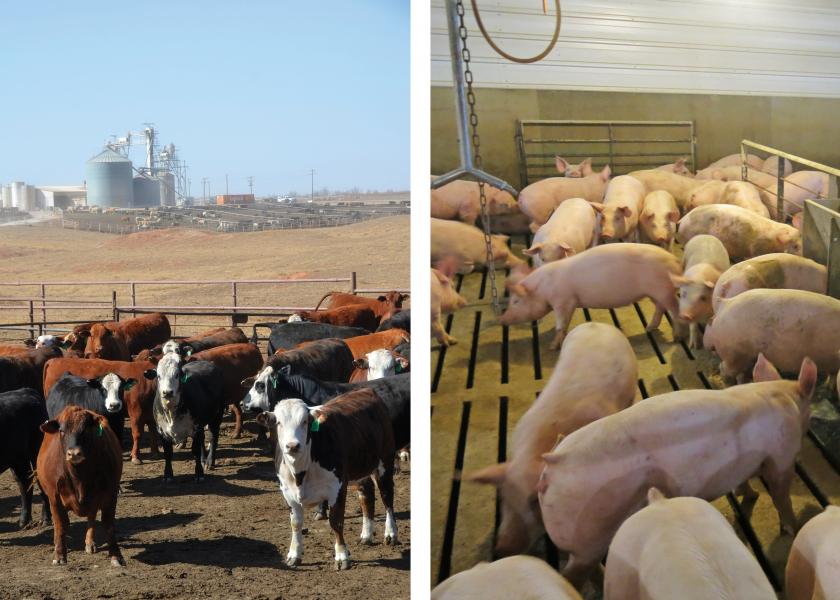Profit Tracker: Feeding Margins Erode, Packers See Improvement

Cash cattle prices were mostly steady in a market that ended the week in a standoff between packers and feedyards. The result was increasing average losses for the few cattle sold on a negotiated basis.
Cattle feeders lost an estimated $133 per head the week ending Jan. 20, about $27 per head more than the previous week, according to the Sterling Beef Profit Tracker. Higher wholesale beef prices helped reduce packer losses by $100 per head to a total of $10.
Cash cattle averaged $174.15 per cwt. last week while wholesale beef prices improved $11 per cwt. to $291.47 per cwt. The Beef and Pork Profit Trackers are calculated by Sterling Marketing, Vale, Ore.
Cattle sold last week carried a total feed cost of $429 per head, down about $6 per head from the previous week, and about $158 less than feed costs for cattle sold the same week a year ago.
Cattle marketed last week had a breakeven of $183.66 per cwt., while cattle placed on feed last week have a breakeven of $164.61 per cwt., which is about $2 per cwt. lower than a month ago. Cattle placed last week are calculated to have a purchase price for 750-800 lb. feeder steers at $224.99 per cwt., or $1 per cwt. less than a month ago. The feeder steer price is 22% higher than last year.
The estimated total cost for finishing a steer last week was $2,571 per head, up 18% from last year’s estimate of $2,116 per head.
Fed cattle slaughter totaled an estimated 484,962, down 5,000 head from the same week last year. Packing plant capacity utilization was estimated at 82.8% compared to 83.7% last year.
Farrow-to-finish hog producers saw losses of $50 per head last week, about $5 less than losses the previous week. Pork producer margins have now been negative every week for the past year. Lean carcass prices averaged $48.96 per cwt., $1.50 per cwt. higher than the previous week and down $24.10 from last year (-33%).
Pork packers saw profits of about $75 per head, or $3 per head more than the previous week, and their best profit margins since January 2022. Last year pork packers saw profits of $6 per head. Hog slaughter was estimated at 2.652 million head, up 478,000 head from the previous week and up 111,000 head from last year.
Pork packer capacity utilization was estimated at 98.0% compared to 92.0% last year.
(Note: The Sterling Beef Profit Tracker calculates an average beef cutout value for the week in its estimates for feedyard and packer margins. Other prices in the weekly Profit Tracker also are calculated weekly averages. Feedyard margins are calculated on a cash basis only with no adjustment for risk management practices. The Beef and Pork Profit Trackers are intended only as a benchmark for the average cash costs of feeding cattle and hogs. Sterling Marketing is a private, independent beef and pork consulting firm not associated with any packing company or livestock feeding enterprise.)







